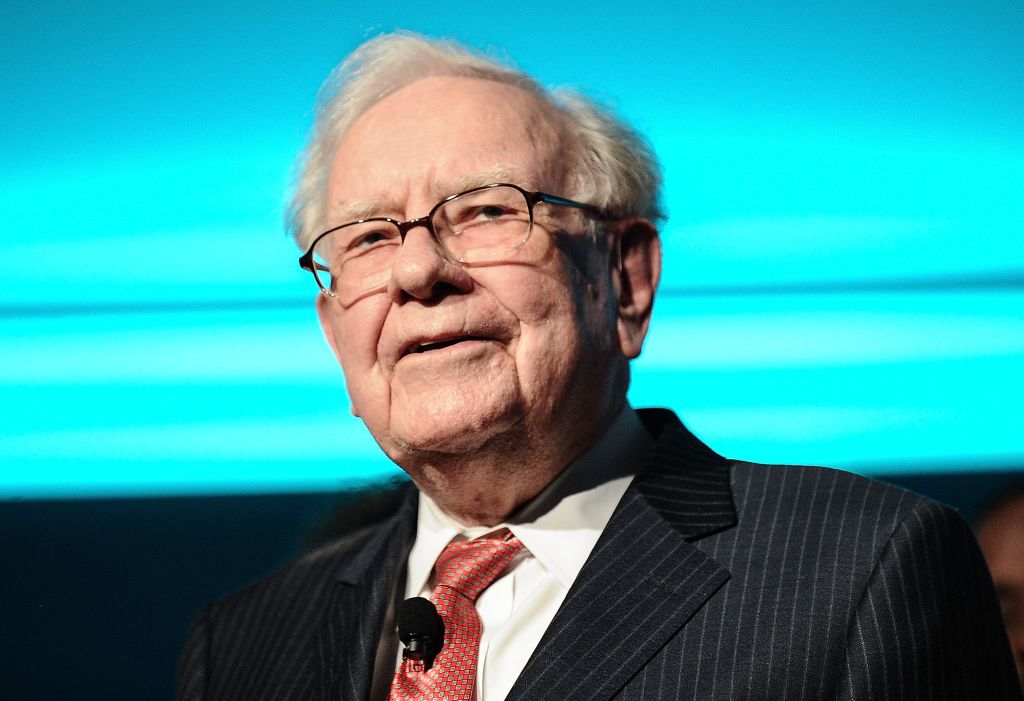Is There a Bubble in Dividend Stocks?
Some sectors appear to be overvalued, but share prices are unlikely to fall much, if at all, as long as interest rates remain ultra-low.


When it comes to today’s rock-bottom interest rates, the current mantra on Wall Street is “lower for longer.” One consequence of the stagnant rate picture is that investors are pouring money into dividend-paying stocks. Consider, for example, Vanguard Dividend Growth (symbol VDIGX), which recently closed to new investors after drawing $3 billion in new money (net of money flowing out of the fund) in the first six months of 2016. The fund’s assets have nearly doubled in just the past three years.
Meanwhile, traditionally sleepy utility stocks, a favorite hunting ground for income investors, have become the belles of the market ball. So far this year, the S&P 500 Utilities index has delivered a total return of 16.4%, crushing Standard & Poor’s 500-stock index by 8 percentage points. Real estate investment trusts are also having a banner year. The FTSE NAREIT All-REITs index earned 14.2% so far in 2016. (All returns and yields are through August 16.)
With the massive baby boom generation in or nearing retirement, demand for relatively safe, income-oriented investments is surging. But bonds, normally a crucial component of retirees’ portfolios, pay a pittance nowadays. The benchmark 10-year Treasury bond yields 1.6%, 10-year investment-grade corporate debt pays less than 3% and high-grade, medium-maturity tax-free bonds yield only 1.6%. To get much more, investors have to wade into risky sectors of the fixed-income market, such as junk bonds and emerging-markets debt.
From just $107.88 $24.99 for Kiplinger Personal Finance
Become a smarter, better informed investor. Subscribe from just $107.88 $24.99, plus get up to 4 Special Issues

Sign up for Kiplinger’s Free Newsletters
Profit and prosper with the best of expert advice on investing, taxes, retirement, personal finance and more - straight to your e-mail.
Profit and prosper with the best of expert advice - straight to your e-mail.
Many large, well-established companies pay dividends that allow investors to pocket more than they’re collecting today from high-quality bonds. Even after their big run-up, utility stocks, for example, yield 3.5%, on average. And unlike bondholders, who receive fixed interest payments, stock investors can benefit from regular dividend hikes.
Still, with dividend-paying stocks having performed so well lately and with investors lavishing the group with cash, it’s worth asking: Are we in a dividend bubble and headed toward disaster? Is it time to lighten up on high-yielding stocks?
The answer to both questions: No and no. “A bubble implies irrational pricing of an asset, but the reason these stocks have appreciated is perfectly rational,” says Martin Walsh, a certified financial planner with Brown & Tedstrom, in Denver. “At this point, stocks look better than bonds, and companies with steady cash flows that are able to pay out a good dividend are attractive bond substitutes.”
Perhaps the best argument against dumping dividend stocks now is that income investors have few better places to go. “Investors are trying to figure out how to earn enough money to live on,” says Stephen Janachowski, chief investment officer at Brouwer & Janachowski, a Tiburon, Calif., money-management firm. “We are in a low-rate environment that isn’t going to go away. Investing in high-yielding stocks is a way to survive.”
The situation for utilities in particular is what Morningstar’s Travis Miller calls a “yield paradox.” The typical utility stock today yields far below the historic average of 4.7%, Miller says. That would normally constitute a sell signal, indicating that prices had risen far too high. But relative to the yield on 10-year Treasuries, utility stocks have rarely looked more attractive, he says. And utility companies are healthy and growing, with balance sheets that are as “good as they’ve been in decades,” he says. The chance of widespread dividend cuts is remote. In fact, Miller expects utility companies to keep hiking dividends by an average of 5% per year for the foreseeable future.
Still, as share prices rise, so do risks, and opportunities for additional capital gains diminish. The S&P Utility index now sells for 18 times estimated year-ahead earnings, compared with 17 for the S&P 500. Given the high valuations of utility shares, it’s hard to imagine them powering ahead unless interest rates drop substantially from today’s levels. (At this point, we would normally suggest that Treasury yields can’t fall below 0%. But, given that yields are negative for government bonds in a number of countries, such a declaration might not be accurate.) And when interest rates rise, as they inevitably will, utility shares could drop by as much as 25%, Miller warns.
Valuations are not quite as lofty in other dividend-oriented sectors. But many of those groups are overpriced. Stocks of companies that make consumer necessities, for instance, are overpriced by about 6%, says Morningstar analyst Erin Lash.
However, for income investors who are able to withstand a period of subpar performance relative to other types of stocks and perhaps bigger-than-average declines during the next market downturn, dividend stocks remain attractive. “Just because valuations are up is not a reason to hide in a corner,” Janachowski says. “Just pay attention to the risk.”
Profit and prosper with the best of Kiplinger's advice on investing, taxes, retirement, personal finance and much more. Delivered daily. Enter your email in the box and click Sign Me Up.

-
 My Top 10 Stock Picks for 2026
My Top 10 Stock Picks for 2026Each year, we ask an expert to pick 10 stocks that have the potential to beat the market over the next 12 months. Here are his choices for 2026.
-
 Special Report: The Future of American Politics
Special Report: The Future of American PoliticsThe Kiplinger Letter The Political Trends and Challenges that Will Define the Next Decade
-
 We're Still Bullish on Stocks
We're Still Bullish on StocksWe're still bullish on stocks for 2026, but now is the time for investors to pull in their horns and dial down risk.
-
 If You'd Put $1,000 Into Coca-Cola Stock 20 Years Ago, Here's What You'd Have Today
If You'd Put $1,000 Into Coca-Cola Stock 20 Years Ago, Here's What You'd Have TodayEven with its reliable dividend growth and generous stock buybacks, Coca-Cola has underperformed the broad market in the long term.
-
 If You Put $1,000 into Qualcomm Stock 20 Years Ago, Here's What You Would Have Today
If You Put $1,000 into Qualcomm Stock 20 Years Ago, Here's What You Would Have TodayQualcomm stock has been a big disappointment for truly long-term investors.
-
 If You'd Put $1,000 Into Home Depot Stock 20 Years Ago, Here's What You'd Have Today
If You'd Put $1,000 Into Home Depot Stock 20 Years Ago, Here's What You'd Have TodayHome Depot stock has been a buy-and-hold banger for truly long-term investors.
-
 If You'd Put $1,000 Into Bank of America Stock 20 Years Ago, Here's What You'd Have Today
If You'd Put $1,000 Into Bank of America Stock 20 Years Ago, Here's What You'd Have TodayBank of America stock has been a massive buy-and-hold bust.
-

 If You'd Put $1,000 Into Oracle Stock 20 Years Ago, Here's What You'd Have Today
If You'd Put $1,000 Into Oracle Stock 20 Years Ago, Here's What You'd Have TodayORCL Oracle stock has been an outstanding buy-and-hold bet for decades.
-
 If You'd Put $1,000 Into Sherwin-Williams Stock 20 Years Ago, Here's What You'd Have Today
If You'd Put $1,000 Into Sherwin-Williams Stock 20 Years Ago, Here's What You'd Have TodaySherwin-Williams stock has clobbered the broader market by a wide margin for a long time.
-
 If You'd Put $1,000 Into UnitedHealth Group Stock 20 Years Ago, Here's What You'd Have Today
If You'd Put $1,000 Into UnitedHealth Group Stock 20 Years Ago, Here's What You'd Have TodayUNH stock was a massive market beater for ages — until it wasn't.
-
 If You'd Put $1,000 Into Berkshire Hathaway Stock 20 Years Ago, Here's What You'd Have Today
If You'd Put $1,000 Into Berkshire Hathaway Stock 20 Years Ago, Here's What You'd Have TodayBerkshire Hathaway is a long-time market beater, but the easy money in BRK.B has already been made.